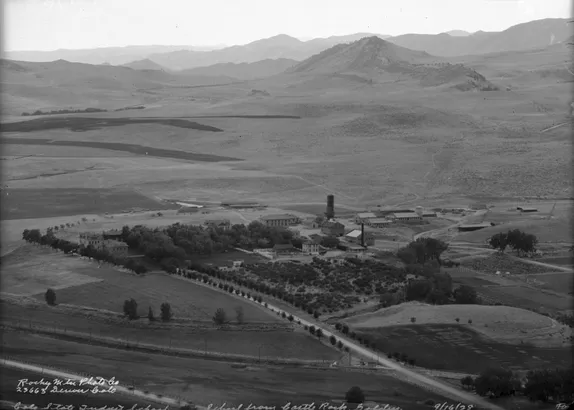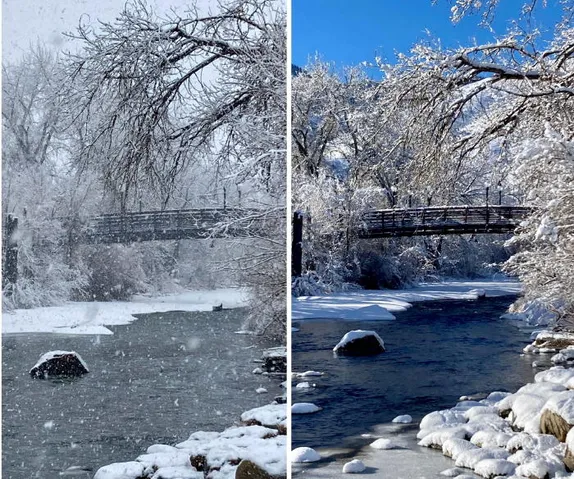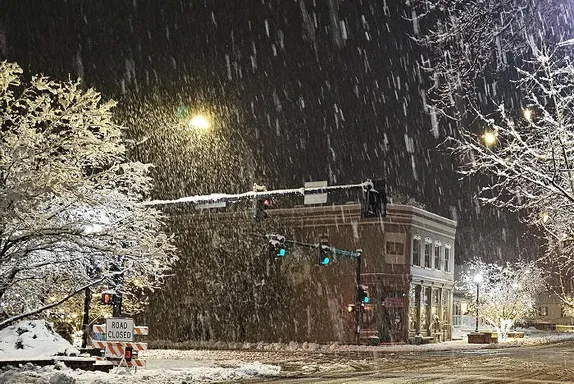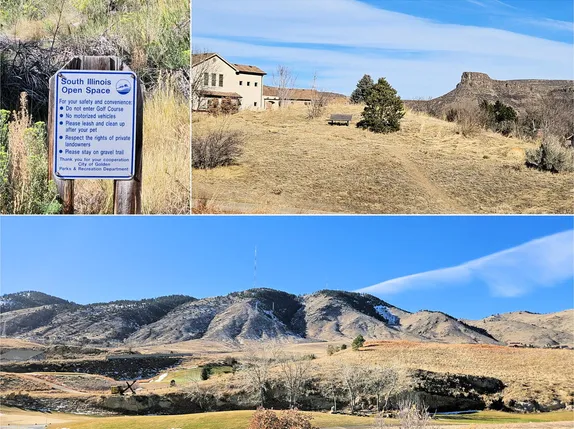
Public Health References
CDC * Colorado * Jefferson County * City of Golden
JCPHD updates these numbers Monday through Friday at about 3 PM. Here are the changes over the past week, based on the Coronavirus report from Jeffco Public Health’s Case Summary Page:
October 16th-23rd
Cases in Jeffco: +723
Deaths in Jeffco: +8
Ever Hospitalized in Jeffco: +45
Recovered in Jeffco: +580
Known Cases in Golden: +16
The next update will appear in tomorrow’s post.
School of Mines COVID-19 case page. | Masks are required. | City and County fire restrictions are in place.
Virtual Golden
6-6:55AM Virtual Dynamic Circuit
8:30-9:30AM Virtual Power Training
10:15AMSpanish Story Time with the Library
Golden History Moment
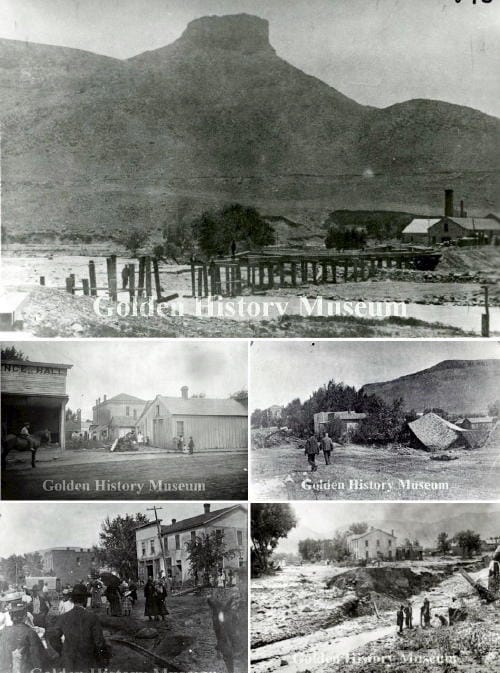
There was so much interest in yesterday’s post about the 1948 flood that I will devote today’s to the 1896 flood. The July 29, 1896 Colorado Transcript described it as follows:
At about 7 o’clock Friday evening dense clouds had gathered low down on the surrounding mountains, and at that hour an unprecedented downpour of rain and hail commenced, continuing to fall in sheets for half an hour or more. Nothing like it had ever been witnessed before. The clouds were tinged with a dark green hue making the scene a weird and fearful one. Before the rain-fall even partially ceased the water in the creek began to raise rapidly, bringing down flood-wood, railroad ties, trees and all manner of debris, and to add to the horror, at about 8 o’clock a tremendous wall of water came down Tucker Gulch on the north side of Clear Creek, forcing its way through the center of the town, carrying death and destruction in its path.
The article went on to report that a 30 foot deep wall of water came down Tucker Gulch and swept away several houses. Mrs. J.F. Edwards had been in her barn, milking her cow as the water approached and was unable to escape to higher ground. Mr. and Mrs. Johnson, an elderly couple, were in their home on the west side of the gulch. The house was swept away and both were killed.
Clear Creek, too, was greatly swollen. The Transcript described “a body of water 8 or 10 feet deep…loaded with timbers, trees and all sorts of wreckage.”
The Ford Street bridge was destroyed and that wreckage took out the railroad bridge at East Street. The area that we now call the 8th and 9th Street historic district was swept with floodwater.
The two water mains that served the town south of the creek were destroyed, leaving the south side without water. The town’s electrical power plant used steam, so the loss of water supply left the entire town in darkness.
Homes along 11th Street (called 1st St. at that time) were flooded to a depth of 6 or 8 feet, and logs floated as far up as 12th Street.
A home at the corner of 12th and Ford was filled with mud and water two feet deep. The owner’s carpets and furniture were ruined, but the article pointed out that the flood had left enough driftwood in his yard that he would have firewood for “one or two thousand years.”
Terrible as the 1896 flood was for Golden, the town of Morrison suffered much worse. At least 20 people died there.
Many thanks to the Golden History Museum for providing the online cache of historic Transcripts and to the Golden Transcript for documenting our history since 1866!

